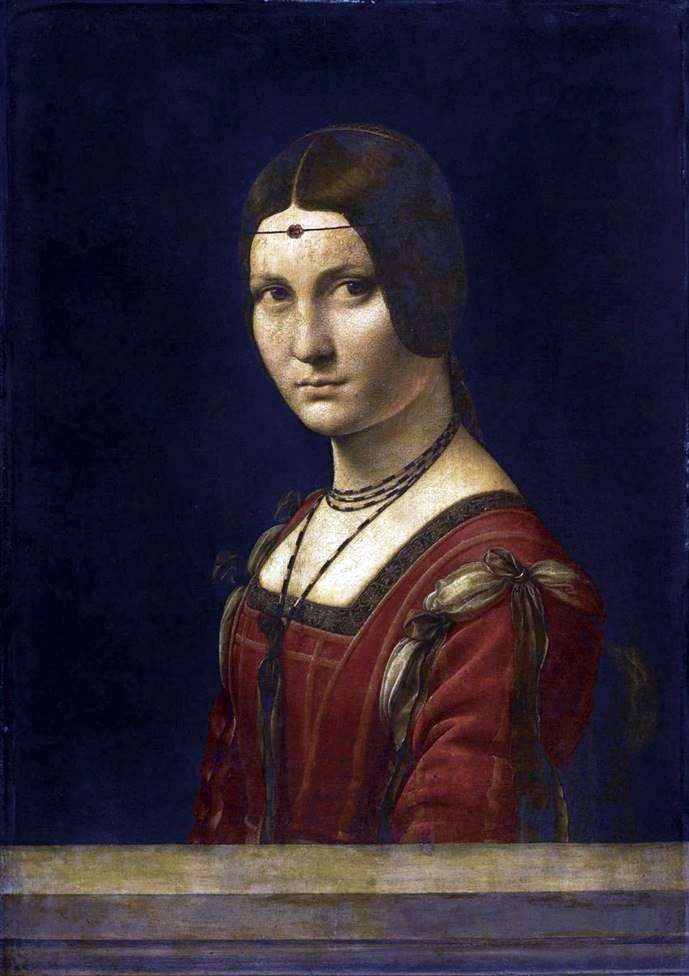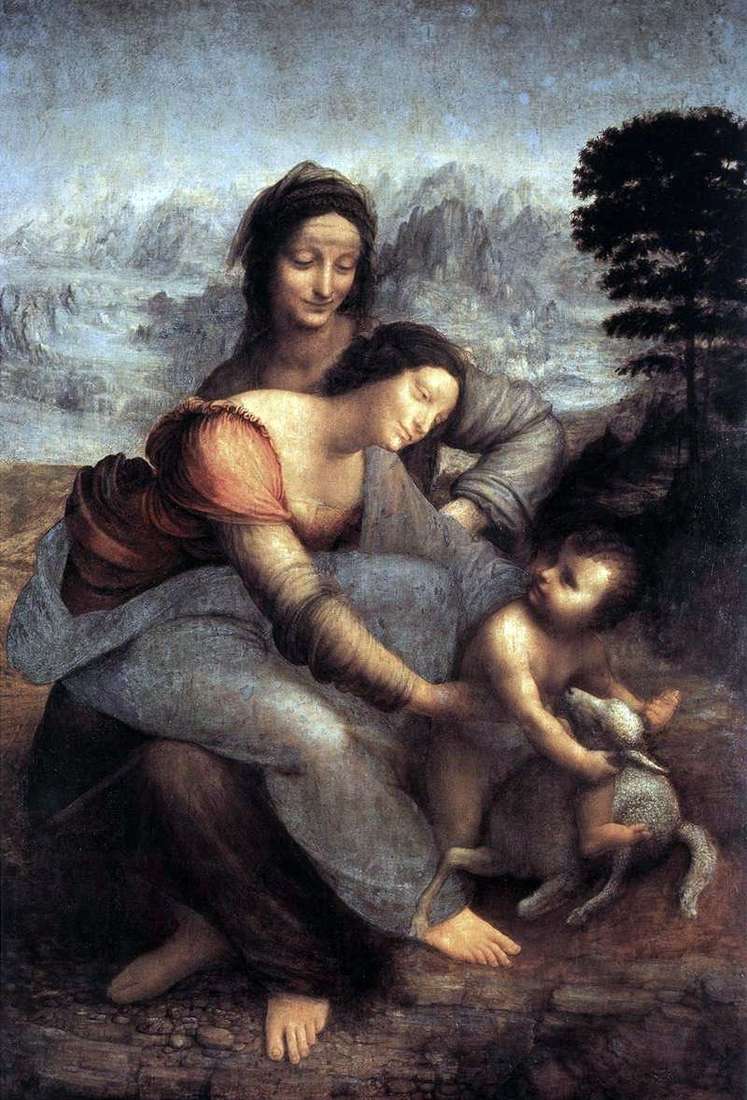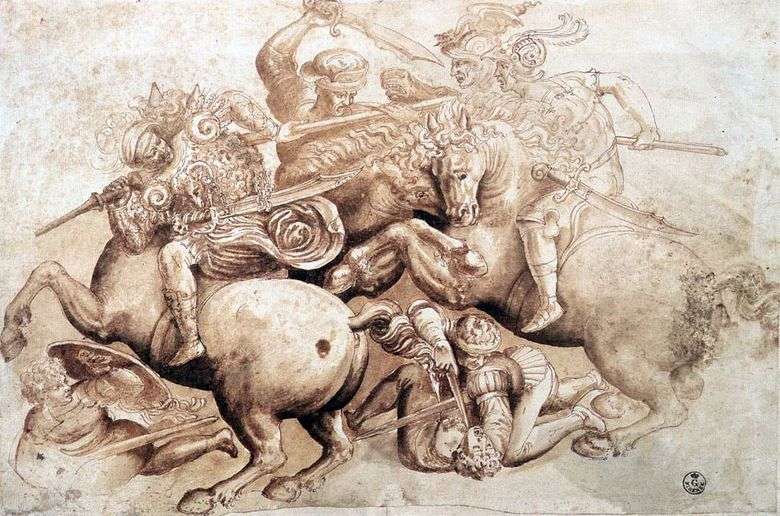
The “Angiarian battle” was not over Leonardo da Vinci. However, preliminary sketches and drawings were many and after the artist’s death copies appeared. The best copy of the “Anghiaaran battle” was made in the middle of the 16th century by Peter Paul, Rubens, who skillfully applied drawings of Leonardo da Vinci
The wall fresco that Leonardo left unfinished in the spring of 1506, and which was destroyed in the middle of the 16th century, portrayed the Angiani battle of 1440, when Florence, together with the papal allies, defeated opponents from Milan near the city of Anghiari. The dynamism and drama of the scene is created by radiance. Showing four riders fiercely fighting for the flag: on the left – Francesco Piccinino and his father Niccolo, the leader of Milan detachments. They are contrasted with Piergiampaolo Orsini and Louis Scarampo – from the detachments of Florence and the papal allies who were to win the conflict. It was expected that Florentines should have been singled out by the spectators of Florence of that time, but the riders on the left, so grab attention, so evil and look hostile that at once attract attention. Two riders on the left, first of all Francesco Piccinino,
Francesco’s brutal grimace is complemented by a strange curve of the upper body and left arm, it seems he merges with the horse. Man and animal have become one, the warring side becomes an animal: a deformed being whose unbridled madness is reflected in his distorted body.
Opponents, from the detachments of Florence and the papal allies, are less dramatic, admittedly more peaceful in movements, their profiles less distorted. They represent another, more balanced representation of the battle, which Leonardo’s contemporaries found much less interesting, preferring negative incarnations of militancy in their opponents. The effect of rage expressed in the faces is reinforced by important details in the figure of Francesco Piccinino, whose face has the signs of Mars, the god of war. The leaders of the detachments of Florence, approaching from the right, express the notion prevalent in Florence at the time – the implementation of carefully thought-out tactics on the battlefield.
 Saint Jerome by Leonardo Da Vinci
Saint Jerome by Leonardo Da Vinci The Battle of Anghiari by Leonardo da Vinci
The Battle of Anghiari by Leonardo da Vinci Beautiful Ferronera by Leonardo Da Vinci
Beautiful Ferronera by Leonardo Da Vinci Saint Anna and Mary with the Infant Christ by Leonardo Da Vinci
Saint Anna and Mary with the Infant Christ by Leonardo Da Vinci Bacchus by Leonardo Da Vinci
Bacchus by Leonardo Da Vinci Batalla de Angiaria – Leonardo da Vinci
Batalla de Angiaria – Leonardo da Vinci Self-portrait by Leonardo Da Vinci
Self-portrait by Leonardo Da Vinci Madonna with spinning wheel by Leonardo Da Vinci
Madonna with spinning wheel by Leonardo Da Vinci